Big Days & Blue Swallows
30 May 2017 | The Mara | Adam Scott Kennedy
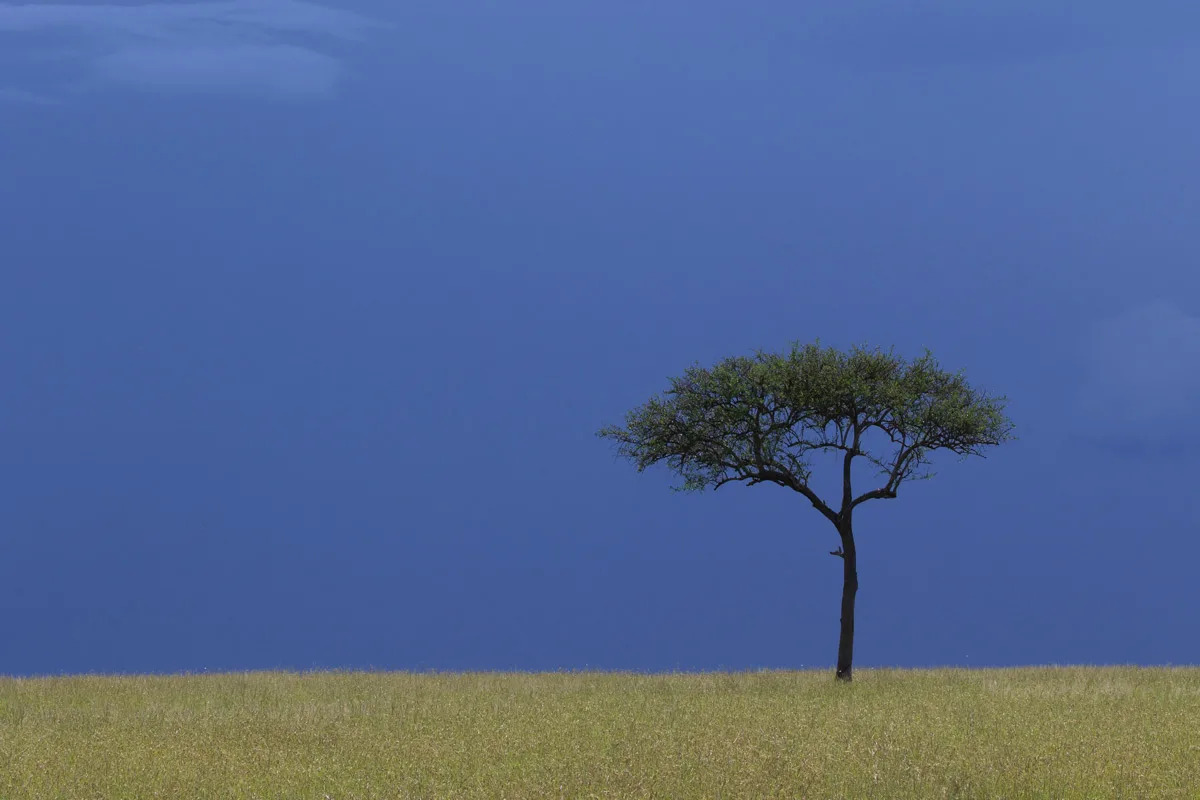
With the promise of 20 consecutive hours of birdwatching ahead of me, getting out of bed was the easy part. Opening my eyes at 4am, and keeping them open at midnight, was the real killer.
“Let’s do a Big Day!” they said. “It’ll be great!” they said.
“They” were Angama Regional Director, Tyler Davis, and Martial Eagle researcher Stratton Hatfield, my two cohorts on this orgy of feathered felicitation.
By its very definition, a Big Day is a big undertaking that should last all day, ideally 24 hours, but we settled on 20, which was quite enough. To record as many bird species as possible in that time was the aim, and this could be by sight or sound. Only fools would bother but we three fit the bill perfectly so off we set, gathering at the North Camp guest area around 4.15am where we kicked off this special day to the distinctive sounds of Swamp Nightjar and Scaly Francolin.
Our last new bird – Square-tailed Nightjar – was recorded at 7.30pm just before the heavens opened. The heavy rain, always welcome in the Mara, had us all questioning how/ if we were going to get back to Angama from the eastern boundary of Naboisho Conservancy before midnight. This was coupled with the revelation that our now very tired driver (Stratton) was clearly narcoleptic, ensuring that our final hours were punctuated with 10-minute intervals of deep sleep. But we made it back on the stroke of midnight and celebrated our first Mara Big Day total of 262 species. Rumour has it that this may become an annual event so stay tuned! By the way, “They” were right, it really was GREAT!
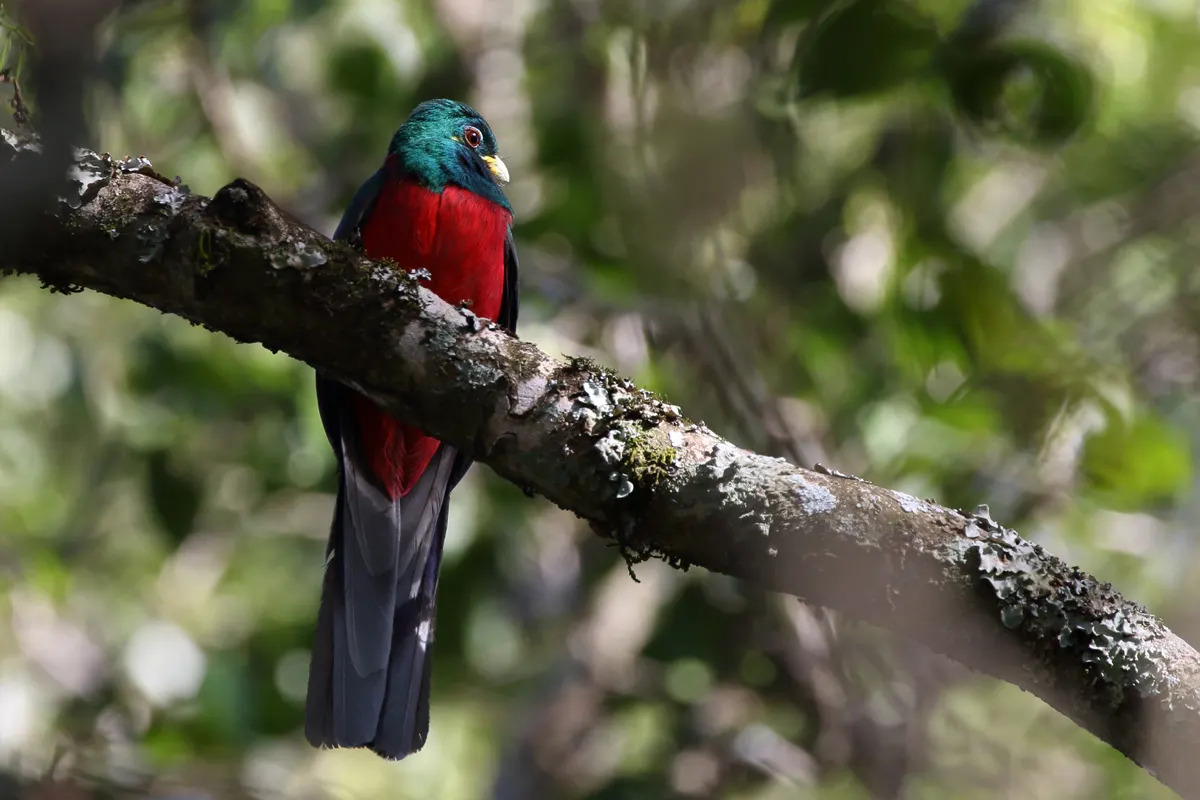
My first month as Birder-in-residence at Angama was dominated by the fantastic migration of raptors, particularly eagles. The second month saw a noticeable drop in the numbers of large raptors but a surge in the number of smaller ones, particularly falcons. Day totals of Lesser Kestrel frequently exceeded 100, Eurasian Hobby peaked at over 60, and I also recorded Amur Falcons (from Siberia) and an Eleanora’s Falcon (from the Mediterranean) from the camp. Over the two month period, I recorded 35 raptor species from the camp – an exceptional figure that puts Angama very high on the list of best places to watch raptors anywhere in the world.
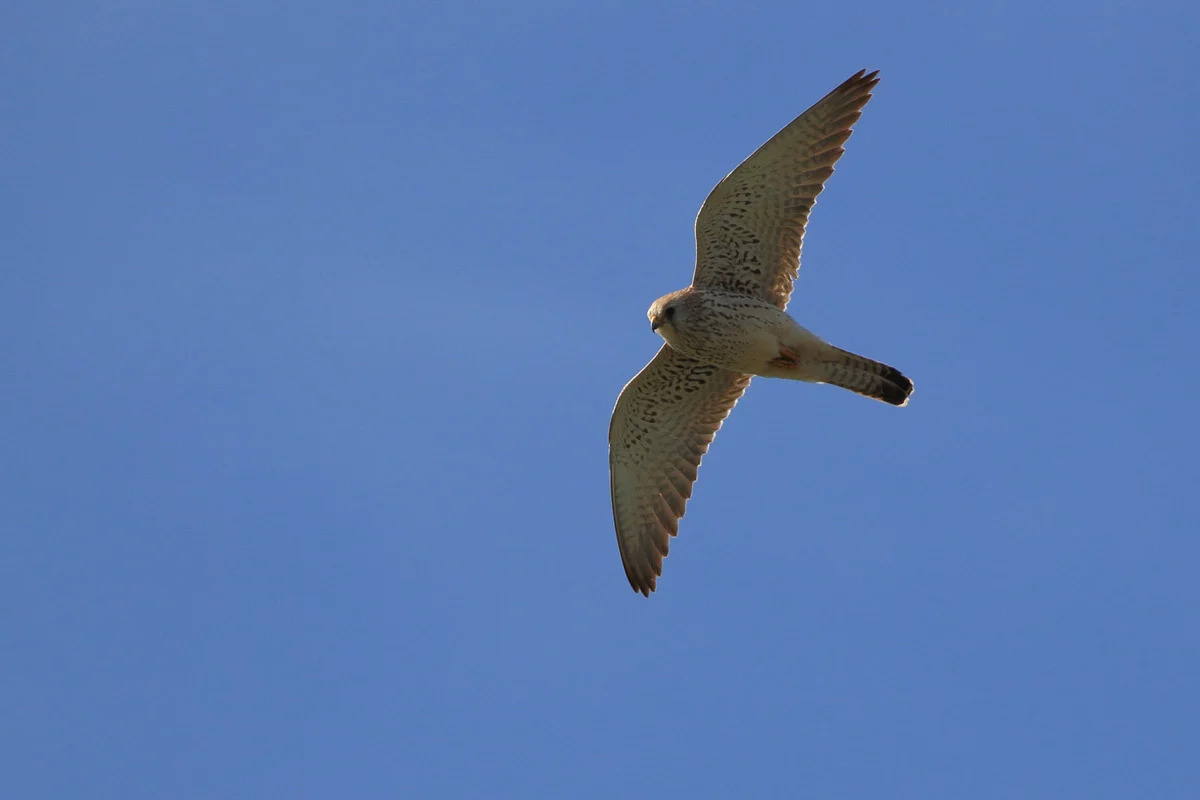
Spending quality birding time in camp was a breeze but as our final few days approached, Vicki and I took a game drive with guide Kenneth and were rewarded with a fantastic sighting of 10 Blue Swallows, a vulnerable species of which fewer than 4,000 birds are known to exist. This was big news in the birding world as their numbers have dwindled, due primarily to habitat loss, for many years, and they are rarely recorded away from their breeding areas on highland grasslands in southern Tanzania southwards to South Africa. Not only was this a red-letter day for us, but also all the other Angama guides for whom the species was a ‘lifer’ (a bird they’d not seen anywhere before). One of the most fascinating facts about these special birds is that they are believed to have the most water repellent plumage of any terrestrial bird species, an adaptation to their montane habitat which is especially foggy.
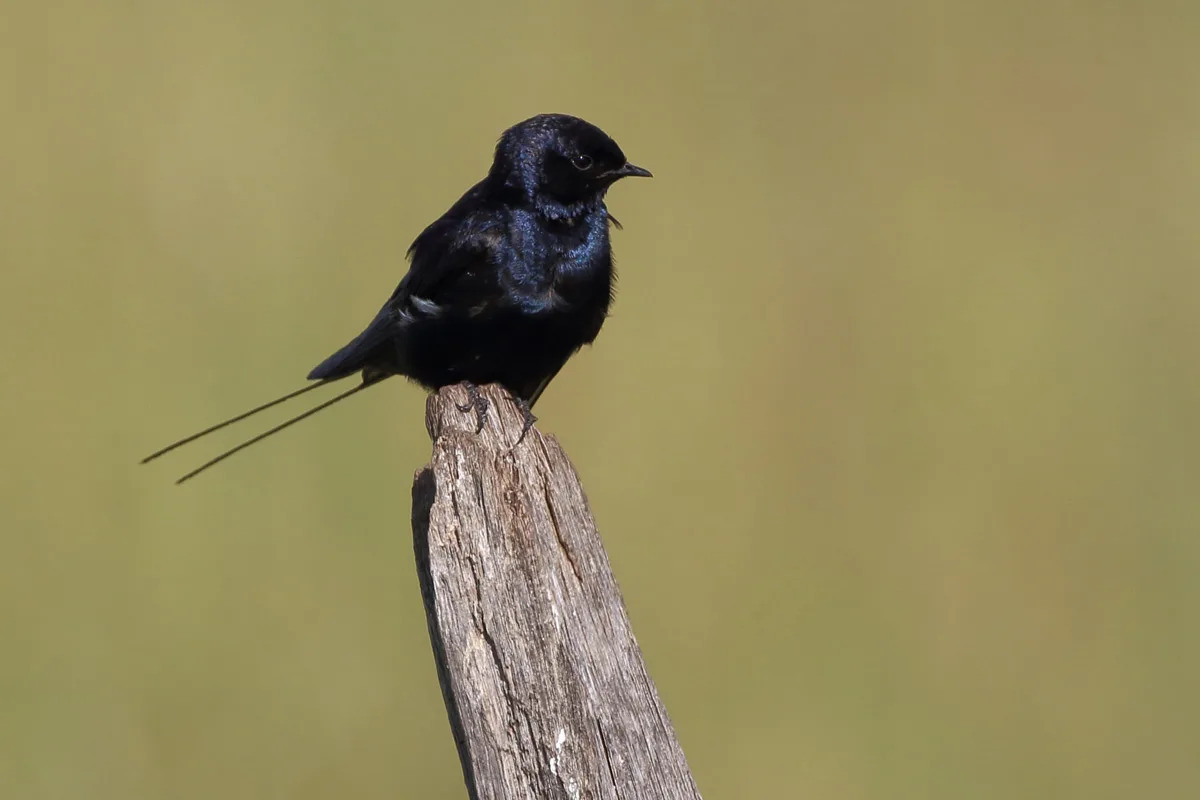
During my stay, I had the pleasure of accompanying numerous groups and individuals on walks and game drives and it was an enormous privilege to show my final two groups these very special birds at a rarely-visited site not far from camp.
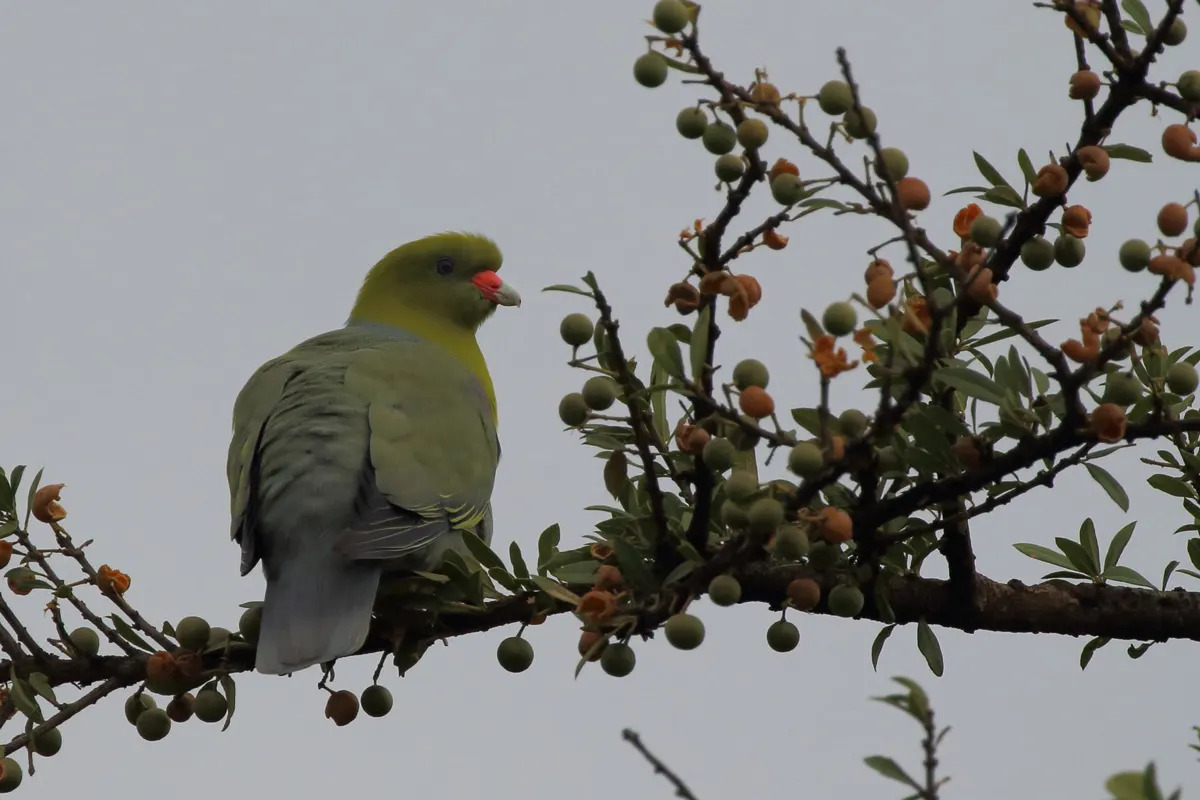
If you are interested in joining me for birding days in 2018, please make contact with the Angama team to check on my availability. I very much hope that I can show you the treasures of ‘wet season’ birding in the Mara – without the masses.
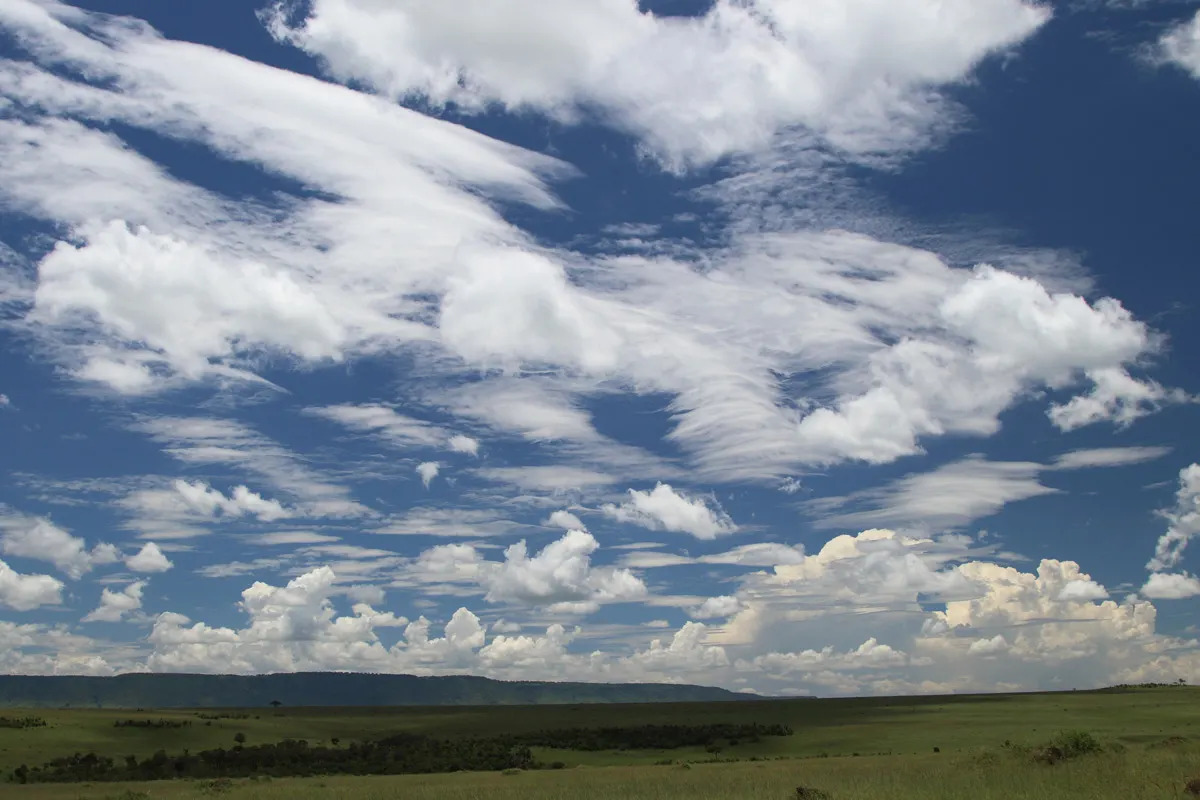
Note from the Editor: The guiding team was tickled pink with Adam’s observation that Angama is one of the best places in the world to watch raptors. We couldn’t agree more. Thanks so much Adam – and we all look forward to welcoming you and Vicki back next year.


